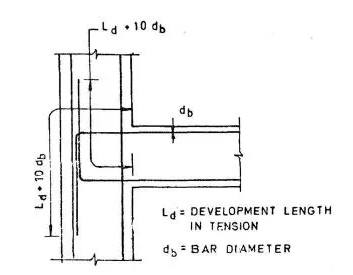 |
| Rate Analysis |
What is analysis of rate or rate analysis?
The
process of determining rate of any work in civil Engineering project like
earthwork, brickwork, plastering, painting etc. is known as analysis of rate or
simply rate analysis. The rate of these works further helps in determining cost
of particular work and in turn cost of the project. The rate of any process or
works depends on various factors.
Rate analysis of Civil Works or Building Works is the
determination of cost of each construction work per unit quantity. This cost
includes the cost of materials, labours, machinery, contractors profit and
other miscellaneous petty expenses required for the particular work to be
complete in unit quantity.
Factor affecting Rate analysis
The various factors
that are involved in determining rate of any process of work are mentioned
below:
·
Specification of works and material
about their quality, proportion and constructional operation method. Specification of the civil work and materials such as
quality of materials, proportion of mortar or concrete, thickness of
plastering, number of coats of painting, depth of excavation, type of soil etc.
·
Quantity of materials and their costs. Quantity of materials, number of different types of labours and rates of materials and labours influence the rate analysis.
·
Cost of labor and their wages different types of labours and rates of materials and
labours influence the rate analysis.
·
Location of the
construction site – Distance of construction site from source of materials, availability of labours, availability of water, machinery etc. Overhead
and establishment charges
Why we need rate analysis
·
To determine the actual cost per unit of
the items.
· To know the requirements of quantities of labours,
materials, machineries and capital to complete the project.
· To work out the economical use of
materials and processes in completing the particulars item.
· To calculate the cost of extra items
which are not provided in the contract bond, but are to
be executed as per the
directions of the department.
· To optimize the use of
labour, materials and machineries and to know the alternatives to optimize the
resources.
· To revise the schedule of rates due to
increase in the cost of material and labour or due to change in technique.
What are the Elements of Rate
Analysis of Civil Works?
Elements which constitute the rate
analysis are:
a)
Material cost inclusive of wastage
b)
Labour cost
c)
Plant & machinery owning and operating charges
d)
Contractor’s overheads and profit
Main term on rate analysis
Labour
:
The rate of labour
is based on skill of the labour, such as skilled labour, semi-skilled and
unskilled labour. The cost of materials and labours vary from place to place.
Thus, the cost of each construction work varies from place to place. Labour may
be classified into two types
a. Skilled
b. Unskilled
Labour Charges can be obtained from schedules of
rate. 30% of the skilled labour in data should be taken 30% as Ist class and
remaining 70% as IInd class
Lead
statement
The distance between the source of availability of
material and construction site is known as lead and is calculated in km. the
conveyance cost of material depends on lead
The
lead statement will give the total cost of materials per unit item including
first cost, conveyance loading-unloading, stacking charges etc.
Lift
Similarly during the earthwork, the average height
through which soil has to be lifted from sources to the place of spreading is known
as lift
First lift is taken up to 2m
The extra lift is counted for up to 1 m after the
first lift and so on




0 Comments